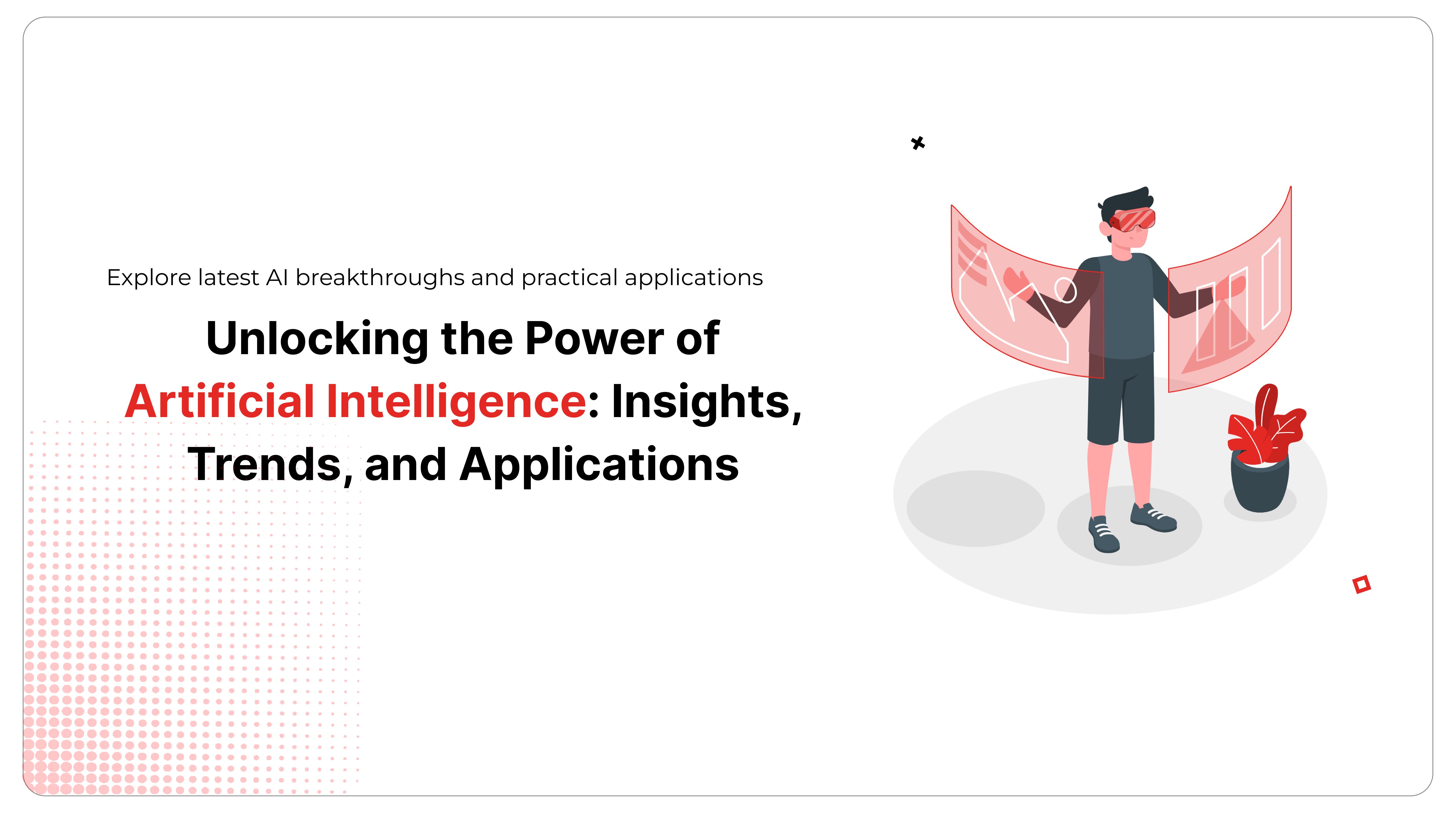
In today’s rapidly evolving technological landscape, the transformative influence of Artificial Intelligence (AI) cannot be overstated. AI has emerged as a powerful force, reshaping industries, enhancing decision-making processes, and revolutionizing the way we interact with technology. From its humble beginnings as a concept in computer science to its current status as a ubiquitous tool in our daily lives, AI has come a long way.
AI in Business
AI in business leverages advanced algorithms to analyze data, extract insights, and automate tasks, enhancing decision-making and efficiency. It optimizes operations, provides personalized customer experiences, and predicts trends for strategic planning. AI-powered tools like chatbots, recommendation systems, and predictive analytics streamline customer interactions, drive sales, and tailor marketing efforts. Natural language processing and computer vision enable understanding and interpreting unstructured data, while machine-learning models adapt and improve over time. Ethical handling of data and transparent AI deployment are crucial. Implementing AI in business requires understanding its potential, aligning with organizational goals, and fostering a culture of innovation and adaptation.
Three Major Branches of AI Used in Machine Learning Applications
- Natural Language Processing (NLP)
- Computer Vision
- Deep Learning Insights
AI Trends
- Continual Learning and Lifelong Learning
- Explainable AI (XAI)
- Federated Learning
- Edge AI
AI Ethics
AI ethics involves ensuring that artificial intelligence systems are developed, deployed, and used in a manner that upholds fairness, transparency, accountability, and societal benefit. It addresses biases in data, algorithms, and outcomes, striving for impartiality and equal representation. Privacy protection and informed consent are key considerations. AI ethics emphasizes the responsible handling of sensitive information and the prevention of harm. Additionally, AI ethics involves ongoing scrutiny, regulation, and collaboration among stakeholders to mitigate potential risks, anticipate challenges, and promote the responsible advancement of AI for the greater good of individuals and communities.
Leading AI Technology Updates
- GPT-3 and Advanced Language Models
GPT-3 (Generative Pre-trained Transformer 3), developed by OpenAI, represents a significant advancement in natural language processing and understanding, capable of generating highly human-like text and aiding in various language-related tasks. It is one of the leading AI technology updates used in all industries
- Computer Vision Advancements
Final Thoughts
Artificial Intelligence (AI) is transforming industries, enhancing decision-making, and revolutionizing technology. From its inception in computer science to a ubiquitous tool, AI optimizes operations, provides personalized experiences, and predicts trends. Ethical AI deployment and understanding its potential are paramount for businesses.